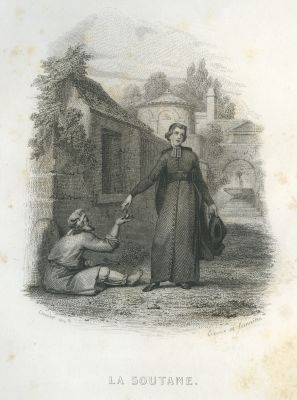
Title
Temple du Soleil A BalbekArtist
Lemaître, Augustin François (French, 1797–1870)Date
1848 caProcess
EngravingAtelier
LemaîtreImage Size
13.5 x 19.5 cmn
An ambitious French engraver, lithographer, and print dealer working in Paris in the 1820s, Augustin François Lemaître played a substantial role in the invention of both photography and the photogravure. Lemaître collaborated closely with Nicephore Niépce beginning in 1825 in an effort to employ the action of light in the reproduction of engravings. Niépce used Lemaître’s engravings for many of his experiments. In 1827, after Niépce had met Louis Daguerre, the three worked together in the pursuit of the discovery of photography. The collaboration ended when Daguerre demanded that photography separate itself from etching and engraving, resulting in Lemaître’s expulsion from the team.
Lemaître’s considerable contributions continued in the 1840s when he consulted with Hippolyte Fizeau on his successful process of etching daguerreotypes for printing with ink. In the early 1850s Lemaître collaborated with Abel Niépce de Saint-Victor, successfully helping to advance heliographic etching, or photogravure, to the point where beautiful half-tone was achieved with a traditional aquatint grain for the first time.
